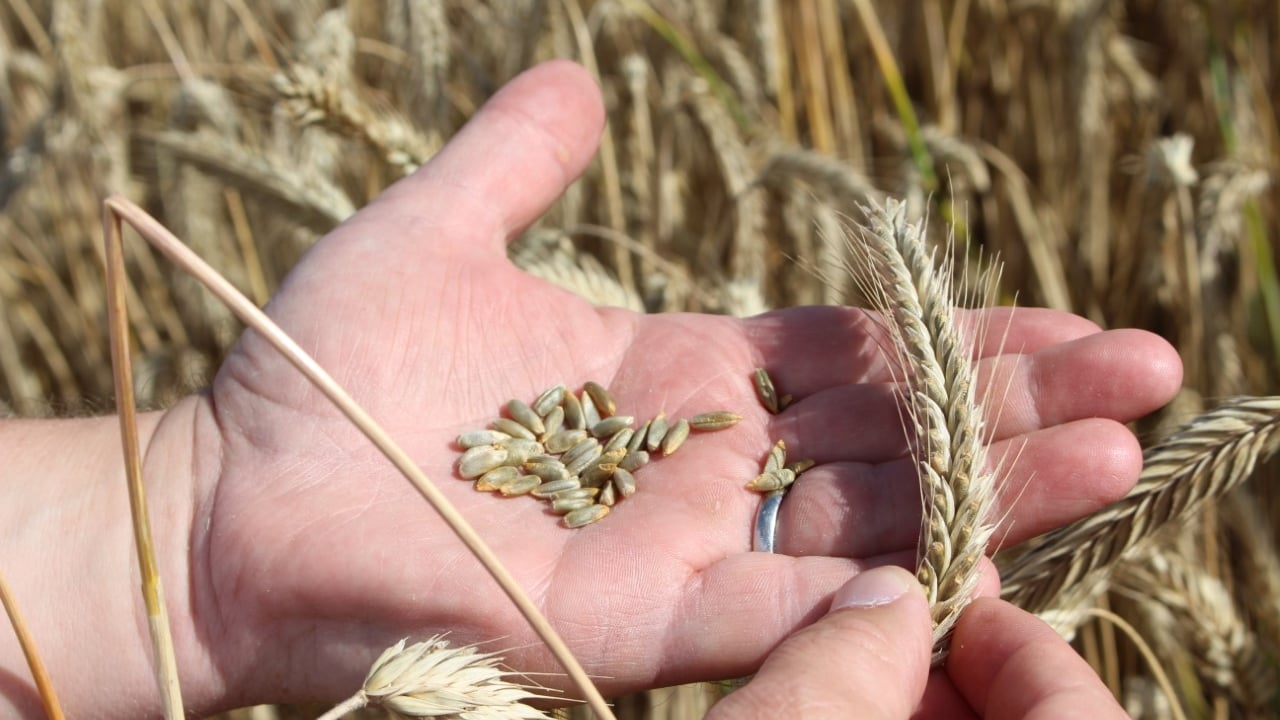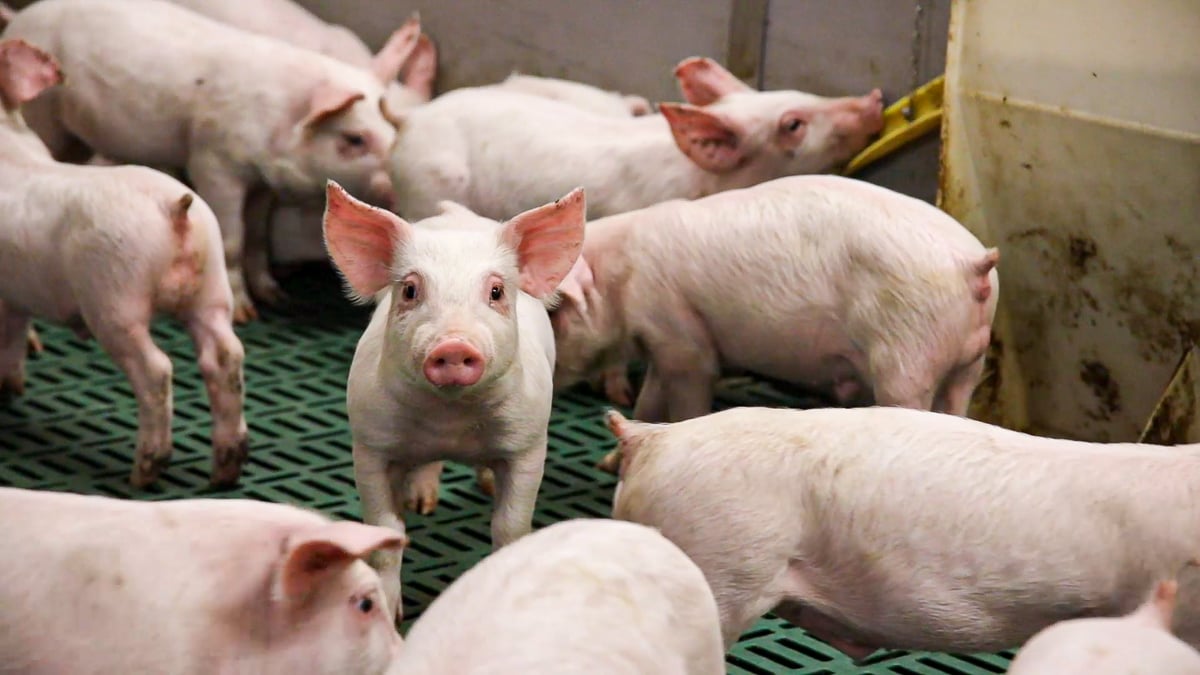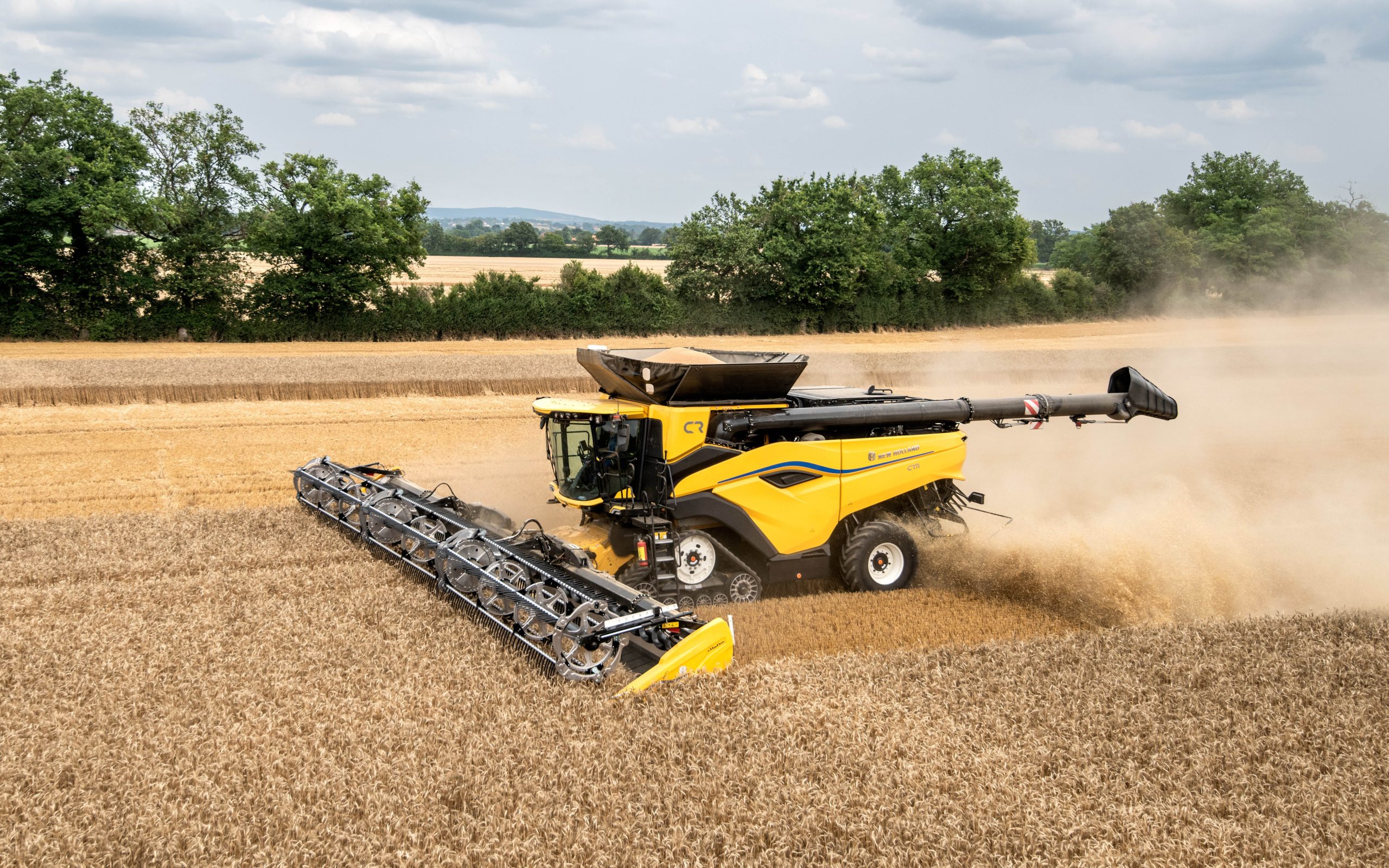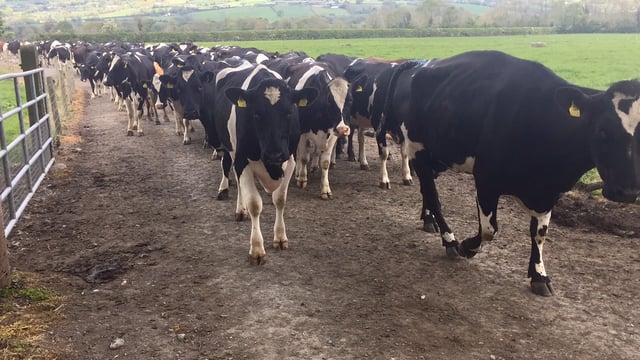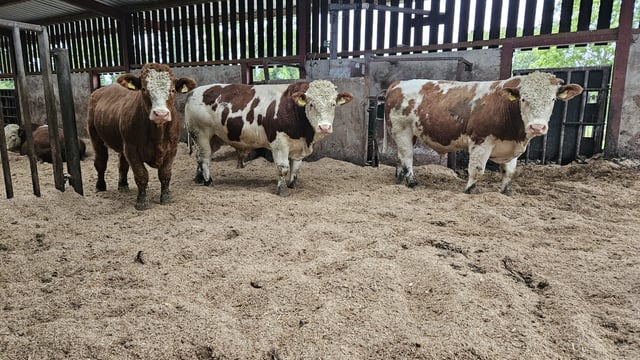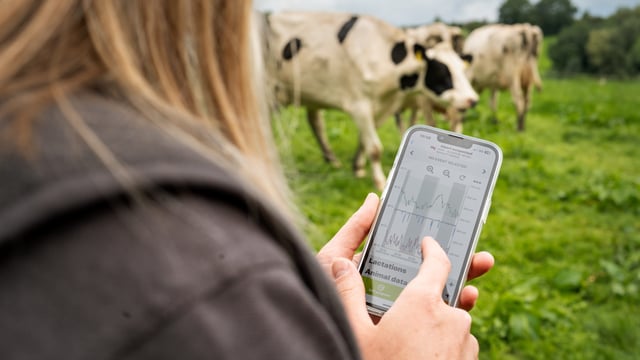Winter rye a successful inclusion in Irish cereal rotations?
Teagasc continues to highlight the benefits of Irish growers widening their cereal planting mix; winter rye can be part of this process.
It is a cereal crop that grows well under Irish conditions, producing both heavy yields of grain and straw.
A number of the presentations given at the recent Teagasc Crops Forum were dedicated to the production and on-farm marketing of hybrid rye, when specifically grown as a grain crop.
Teagasc pig and poultry specialist, Michael McKeon, discussed how rye can best be included within pig rations.
“It has been estimated that the value of the pig sector to the Irish economy is in the region of €1.5 billion," he said.
“Out of this we export about 3,000t of pigmeat with a current value of €932 million. The sector employs a little over 8,500 people. This figure includes direct employment levels and the associated industries.
“From a grain usage perspective, the Irish pig sector utilises approximately 1.2 million tonnes of feed on an annual basis. This includes grain products, soyabean and some fibrous products as well.”
McKeon said that the annual grain usage works out at 480,000t of barley; 360,000t of wheat and 120,000t of maize every year.
“But there is no doubt that the pig sector will be very interested in rye," he continued.
"There is also little doubt that the pig sector would be one of the biggest buyers of rye, if the grain was to be grown in sufficient quantities.”
Home milling
According to the pig and poultry specialist, 50% of Irish pig farmers are home millers. And this gives significant opportunities for farm-to-farm selling.
“We are what we eat. And this is particularly the case of the pig sector," McKeon continued.
“Pig nutrition is fundamentally driven by the constituents of the animals’ diet and the relative quantities of each. Approximately 70% of the costs involved in pig production are feed related.
“But it’s not the volume of feed that is the important thing; the quality of the feed and the efficiency of its usage are the key drivers of pig performance.”
The Teagasc specialist points to the tight margins that are generated within the pig sector as being to the fore in determining ration formulation on farms.
“Profit or loss can be determined by extremely small margins,” he commented.
“For a finisher pig feed conversion efficiency will be in the region of 2.5. In other words, it takes 2.5kg of feed to put on 1kg of liveweight.
“But if something happens to reduce the quality of a finished ration, the feed conversion figure could increase to 2.7.
“This means that an average pig will be consuming an extra 200g of feed per day to put on 1kg of liveweight."
For an average pig farm, this represents an annual increase in costs of around €124,000 based on the feed utilised by finishing pigs only.
So, for a lot of pig farms this would wipe out their profits for a full 12-month period.
Quality of rye as pig feed?
Michael McKeon told delegates attending the Crops Forum that pig farmers will want to know the quality of the rye that is available in Ireland before committing to use the grain in the first place.
“Relative to wheat and barley, rye is in between the two staple cereal sources as an energy source," he said.
“Where protein content is concerned, rye comes in lower than both barley and wheat. But form an overall context, rye is pretty much equivalent to barley in terms of its potential inclusion within pig rations.
“So, in theory, one can move out as the other moves in.”
Currently rye is used by pig farmers in Denmark. Partly, this is driven by the fact that Danish pig producers must have the tillage ground to support their livestock enterprise.
By and large, pig farmers in Denmark will grow their own pig feed, recycling the slurry that is produced back onto their own land.
“This is a form of circular economy within which rye is used as part of the rotation followed on combined Danish pig and tillage farms," he added.
“One of the reasons why rye had not been used in Irish pig diets up to now had been presence of the ergot fungus within some grain samples.
“But in newer varieties of the cereal, ergot is significantly less of a problem. This is because the fertilisation and pollination times are much shorter. So now is a good time to re-assess the use of rye in Irish pig diets.”
Moorepark trial
A Teagasc Moorepark trial on the use of rye in pig diets has pointed to the use of the cereal in Irish pig diets.
The work was carried out on finisher pigs. Different rye containing diets were fed to groups of pigs with a standard wheat and barley based ration used as the control.
All the animals were finished at 120kg live weight.
“As it turned out, the performance achieved across all the diet was above average,” McKeon confirmed.
“Significantly, when all the key facts relating to intake and feed conversion were assessed, there was no statistical difference between the impact made by all the diets.
“The Moorepark work confirms that rye can be used as an ingredient in Irish pig diets up to a 40% inclusion rate.”
Finding a buyer for Irish rye
Teagasc has confirmed that it will act as an intermediary between Irish pig farmers, cereal growers and merchants when it comes to the production and usage of rye in Ireland.
Courtesy of his presentation to the Crops Forum, Michael McKeon outlined how this might work: “One option is based on a tillage farmer wishing to grow the crop but not having a buyer for the grain.
“In these circumstances, Teagasc tillage advisors will speak to their pig counterparts. They will then try to set a grower and pig farming buyer, both of whom have an interest in rye.
“This will be a farm-to-farm enterprise, representing a win:win scenario for both sides," he explained.
On farm storage arrangements and quality control issues would also have to be agreed. If any of these matters prove problematic, then it should be feasible to get a merchant on board, according to Teagasc.
“The arrangement here would be for the merchant to handle the rye appropriately for a fee.”
Growing rye under Irish conditions
Teagasc tillage specialist, Ciaran Collins, confirmed that rye does offer the opportunity to manage disease risk within cereal rotations.
“Low susceptibility to take-all is the key benefit offered by rye. In so doing there is an option of extending a rotation out that little bit longer," he said.
“Early sowing opportunities represent another attraction when it comes to growing rye. Crops can be grown from the middle of September onwards.
“And, above all else rye can add to the profit secured over the period of a rotation.”
Teagasc Oakpark work indicates that rye is best sown directly after a break crop. Yields will be equivalent, or sometime marginally better, to those achieved from winter wheat.
When used in this way, rye crops can out yield winter barley crops by an average of 1t/ha. And, for the most part, this reflects rye’s very high tolerance of take-all.

